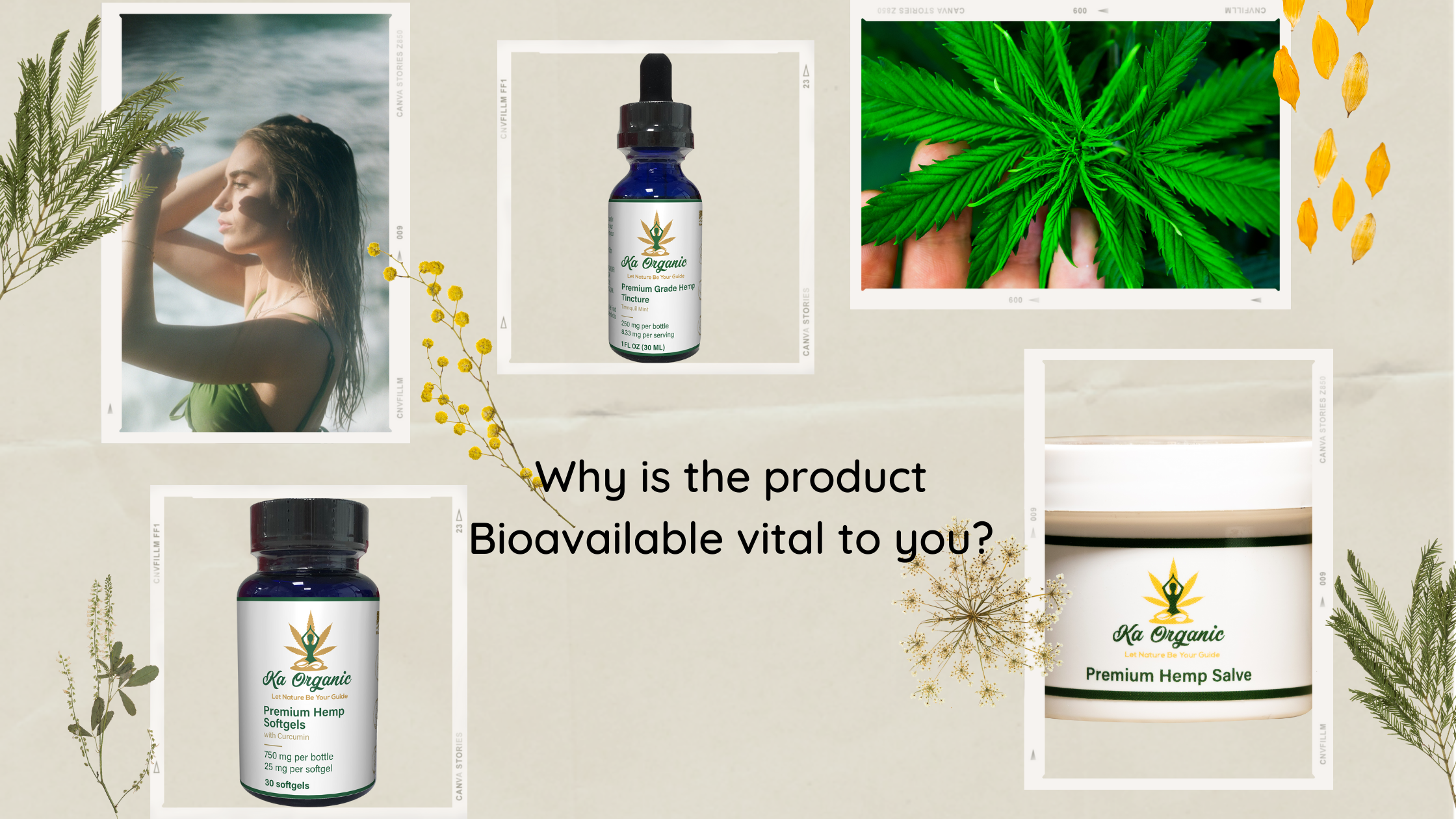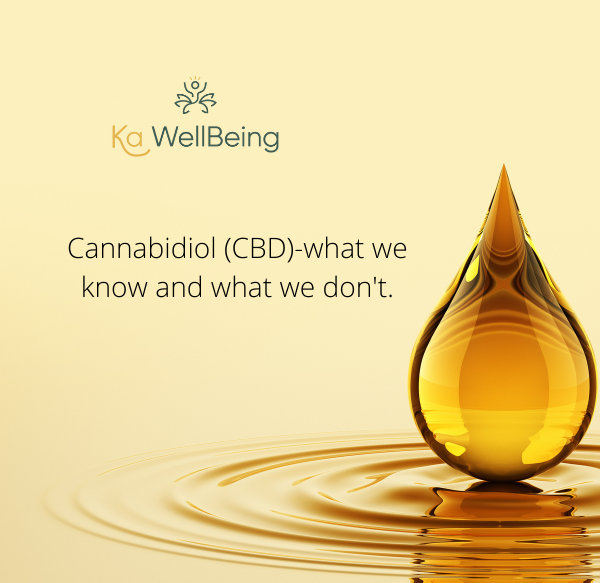The Science of Bioavailability
Pharmaceutical and nutritional sciences typically use the term bioavailability in all their products, which refers to the extent and rate at which the administered dose is absorbed by the circulation system and reached its target organ.
This is super important. For example, if you take a medication to improve your insomnia, how much of it is reaching your central nervous system? As you can imagine, this is of the utmost importance when doctors and pharmaceutical companies determine the ideal dosage of a drug.
The same principle applies to natural products or supplements. In specific CBD, bioavailability would refer to the amount of unchanged CBD that reached the endocannabinoid system.
What are the factors that affect the bioavailability of CBD?
Several factors affect bioavailability, including the person’s physical condition taking the compound, like the general constitution, of the person, including their digestive system, whether they are taking it with/without food. The presentation of supplements, if oral or injectable, transdermal, or topical.
Now let’s discuss consumption methods.
In the case of CBD, there are several ways to consume CBD, and each offers different rates of bioavailability of CBD in your body.
Oral Ingestion
Taking CBD orally as a softgel, edible, or mixed in a drink or food is one of the most convenient ways to take it, which is why it’s so popular. Oral ingestion, however, does not offer the highest bioavailability rates of CBD. Research suggests that the gastrointestinal system absorbs merely between 4-20% of CBD at the end of the digestive process because CBD must be filtered through the digestive system and metabolized by the liver. This is called “first-pass metabolism.” At each step, a certain amount of CBD is lost. Manufacturers can do things like nano emulsions to make sure that loss is minimal.
Sublingual Ingestion – Like Tincture
Sublingual ingestion is a very effective way to take a CBD tincture. Just put a few drops under your tongue and wait for it to be absorbed. This method makes the CBD more bioavailable. CBD is absorbed through the mucous membranes under the tongue. Then, the CBD undergoes a diffusion process and enters the bloodstream. This avoids the first-pass metabolism process. CBD oil is absorbed through the sublingual mucosa, and studies have shown that bioavailability ranges from 12-35%.
Topical Application
Due to the low permeability of human skin, topically applied CBD needs to be concentrated. For instance, Ka Wellbeing CBD salve contains 1,000mg of CBD in 1oz, which is concentrated enough to absorb the skin. A thicker product, like a balm or salve, will also work better than a lotion. CBD interacts with nearby endocannabinoid receptors to provide targeted relief. CBD applied topically never reaches the bloodstream but can be absorbed through the skin and interact with nearby cannabinoid receptors. The only topical products that can enter the bloodstream are transdermal CBD patches. Future research may determine how much CBD gets absorbed when you apply it topically.
Emulsification Method
CBD is hydrophobic, so manufacturers must work harder to maintain its bioavailability. Hydrophobic means it doesn’t dissolve in water but collects in fatty tissue. It can become water-compatible by mixing it with a carrier oil (which most people call water-soluble CBD). For example, Ka WellBeing uses MCT oil as a carrier for CBD. We also use hemp seed oil. MCT oil is crucial because the body treats it like a carbohydrate rather than fat. This means it travels faster through the digestive system than other oils and loses less CBD in the process. We also love using hemp seed oil as a carrier oil because it has many benefits for the skin. (But remember that hemp seed oil and CBD oils are different.)
There are three ways to emulsify CBD into an oil:
Liposomal CBD
Liposomes are tiny spheres that are 50-5000 nanometers in diameter. They have an internal water compartment that can trap water-soluble ingredients, surrounded by a layer of fat that stores hydrophobic substances (such as CBD). Liposomal CBD is essentially transported into target areas in a bubble that safely transports the ingredients.
Nano-Emulsified CBD for Better Bioavailability
This is the most expensive, and many companies claim they are nano-emulsified, but they are not. The average size of a nano-emulsified droplet of oil is 25 nanometers, significantly smaller than liposomal CBD. Most cells can absorb particles of about 60-80 nanometers directly. As a result, target cells of the body can easily absorb nanoemulsions. Therefore, they are a popular choice for manufacturers who want their products to be as bioavailable as possible. All Ka botanicals, soft gels contain CBD nano emulsified to ensure the best possible absorption.
Sources:
(https://www.ncbi.nlm.nih.gov/pmc/articles/PMC2689518/).
(https://www.ncbi.nlm.nih.gov/pubmed/22716155 ).
(https://www.ncbi.nlm.nih.gov/pmc/articles/PMC2689518/ ).
(https://www.ncbi.nlm.nih.gov/pmc/articles/PMC3165946/ ).


